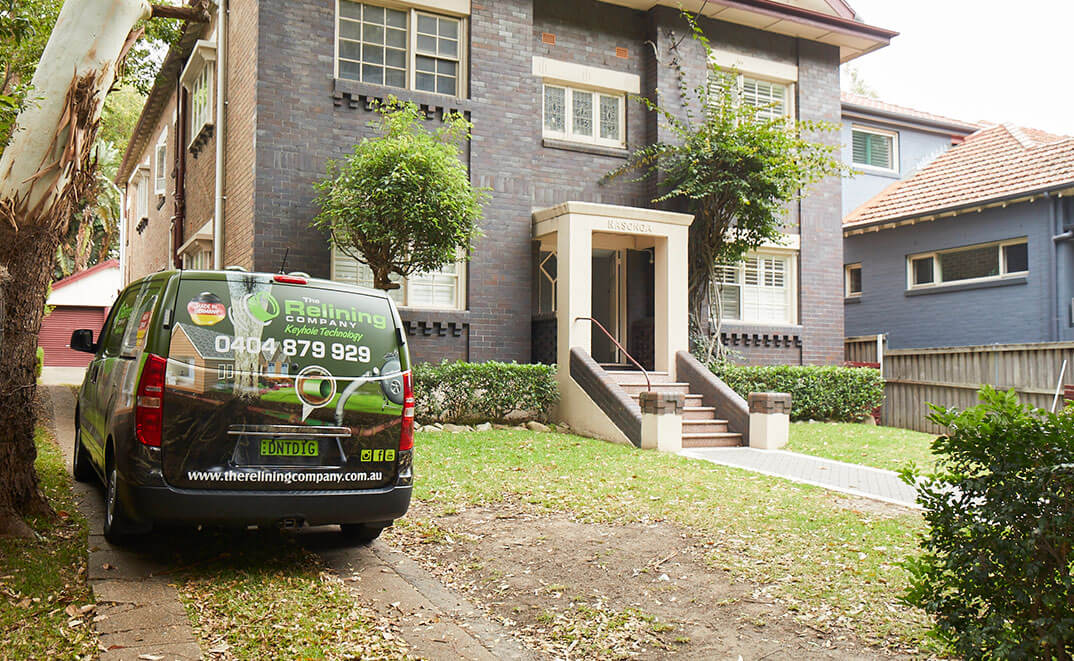Sydney’s architectural landscape is often regarded as a time capsule of various relics from 200 years of history. On the land of the traditional custodians, the Gadigal people of the Eora Nation, Sydney, as we know it today, is not characterised by a solitary architectural movement. The grand sandstone structures of The Rocks and Pyrmont are standing reminders of the city’s colonial past, and the juxtaposition of Circular Quay and the Queen Victoria Building (QVB)’s Victorian neo-gothic style with modern skyscrapers are an apt collage of Sydney’s constant development. Many Sydneysiders relish the opportunity of living in a home or townhouse steeped with history.
Yet, as these heritage homes age, their plumbing systems face unique challenges that require careful restoration. Maintaining the plumbing systems of Sydney’s older homes requires overcoming distinct obstacles. The problem for pipe repair in heritage buildings in Sydney is navigating everything that is attractive about owning an older home: from aging pipelines, the delicate structural stability, its architectural aesthetics, tight corners that pose difficulties with maintenance equipment and respecting the natural landscape surrounding the site.
Fortunately, the preservation of these historic properties can be achieved by applying underground pipe relining — a modern, no-dig solution. With modern technology, The Relining Company shares such concerns about balancing care for the land and ensuring that your house receives the benefits of a beautiful heritage home with efficient plumbing at a reasonable cost.
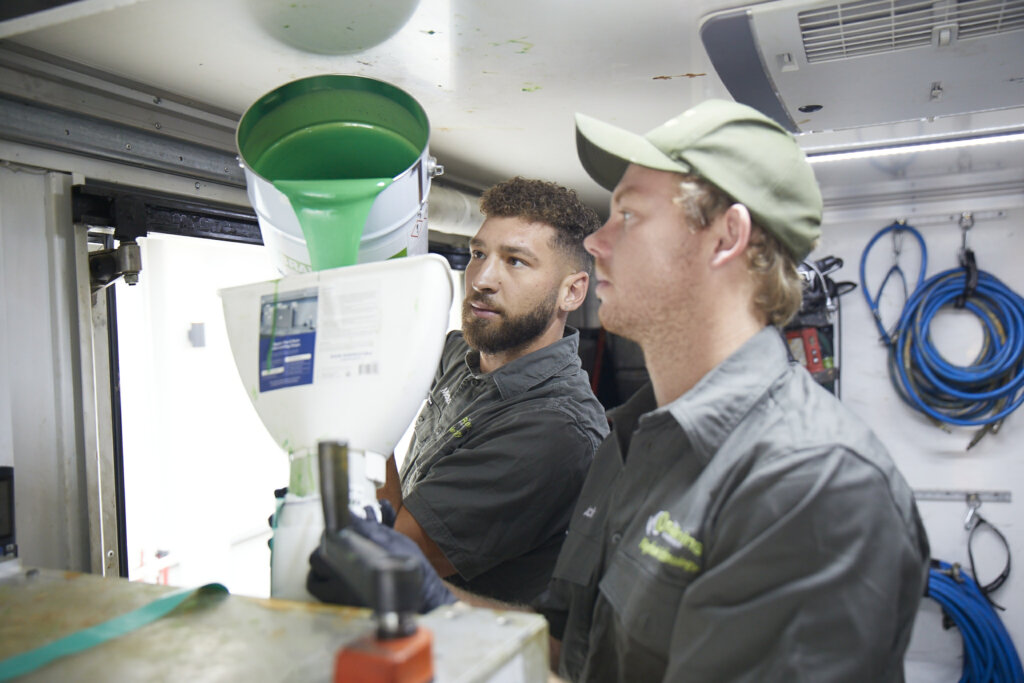
Aging Pipelines: Safeguarding the Past with Underground Pipe Relining
Preserving the Essence of Heritage Plumbing
Heritage homes in Sydney often boast plumbing systems crafted from traditional materials like clay or cast iron. Such infrastructure materials date back to Ancient Rome, but Australia only stopped using clay and terracotta pipes as the standard 40 years ago.
While clay pipes are typically of strong quality, can last for a century, and are inexpensive to manufacture, once clay and cast iron pipes reach their centennial expiration, their interior condition worsens.
Aging pipelines lead to leaks, blockages, and compromised structural integrity, posing significant challenges for homeowners seeking to maintain the authenticity of their heritage properties. Their susceptibility to the wear and tear of time results in sewerage, drainage and plumbing problems today.
For this reason, modern drainage pipes are constructed from polyvinyl (PVC), but replacing clay and cast iron drains is an inconvenience and causes much disruption to landscaping and properties.
Challenges of Aging Pipelines
Aging pipelines present a multifaceted challenge, demanding a delicate balance between restoration and preservation. Many natural causes can lead to cracks in clay and cast iron pipes, such as:
- Corrosion impacts the pipe’s interior and thus requires an inspection by technicians.
- Weight can be challenging as clay and cast iron pipes are heavy, making them sink further into the ground and crack. This is a complex problem to repair.
- Tree root damage as tree roots break into pipes searching for water and nutrients. Once inside drains, the roots cause blockages.
- Clogged and slow drains from debris, inhibiting flow.
- Sewer backup into homes can result in water damage, unsanitary conditions, pest infestations and potential mould problems.
Maintenance and renovation jobs are expensive and coupled with the fact that traditional pipe repair methods involving excavation risk damaging the historical significance of these homes, you may have questions about more cost-effective techniques.
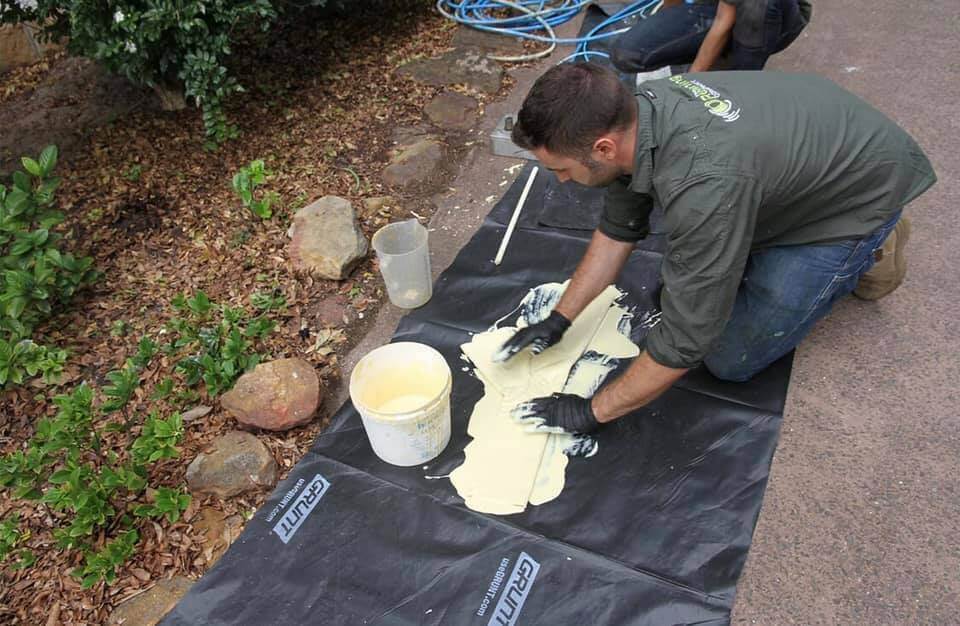
Navigating the Complexity of Heritage Homes
1. Structural Stability
Heritage homes in Sydney often boast delicate foundations that require careful consideration during plumbing repairs. But delicate foundations demand a nuanced approach to plumbing repairs. Traditional excavation methods, with their heavy machinery and extensive digging, can pose a risk to the structural stability of these architectural gems. Any unforeseen issues could have disastrous consequences, from a deterioration in structural integrity to an impact on the building’s historic value.
2. Limited number of site access points
An added difficulty of plumbing services in heritage homes is the challenge of navigating vehicles and equipment for traditional repair methods among the restricted spaces, trees and streets surrounding the property. Older homes, with their unique designs and layouts, often have limited access points, and require a precision that standard excavation may not afford. Hence, restricted access points in heritage homes can impede the repair process. If a plumber struggles to reach certain areas with their equipment, sections of the plumbing system will be left unaddressed.
The challenge lies in finding a solution that ensures comprehensive coverage for the entire plumbing system without jeopardising the delicate foundations that make these homes unique.
3. Balancing Aesthetics, Sustainability and Functionality in Plumbing Repairs
Architectural sensitivity is a defining aspect of heritage homes and is paramount to their preservation. Traditional plumbing repairs, often involving alterations and changes to the original design, can compromise the visual appeal of these properties. Homeowners are often torn between the need for functional repairs and the desire to maintain the original design and charm of their homes.
Similarly, heritage homes are not only valuable for their historical significance but also for their connection to the surrounding environment. Native flora and fauna, trees and shrubs all add colour to Sydney’s heritage suburb, but the use of heavy machinery, coupled with the disposal of excavated materials in traditional plumbing jobs, contributes to the high carbon footprint associated with repairs. This environmental concern adds another layer of complexity to the challenges faced in preserving heritage homes.
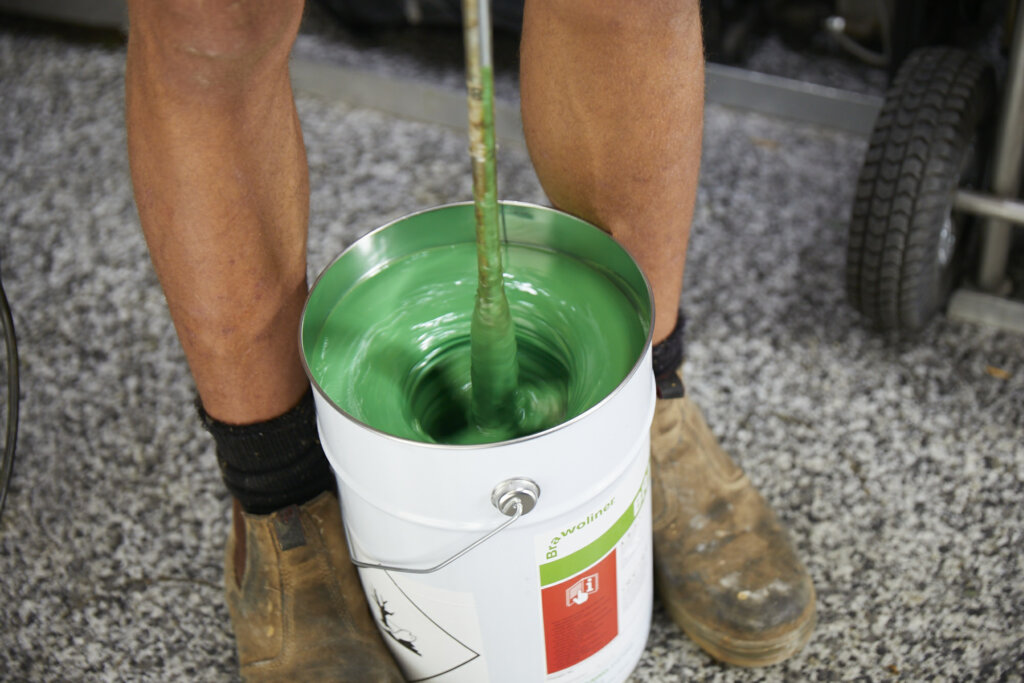
The Precision of Underground Pipe Relining Solutions
Investigating the benefits of pipe relining services will save you time and money. It is a seamless fix (literally) for any cracked pipes in your heritage home. A flexible liner is inserted and cured in place into an existing pipe to create a durable inner layer that reinforces its structure and strength, leaving you with the confidence of an efficient drain once the service is complete. The process restores the functionality of the plumbing system without compromising the property’s authenticity.
Our no-dig methods mean we access and fix the damaged pipe through a single keyhole access point. Firstly, a CCTV drain inspection is performed before a high-pressure water jet cleans and clears your old pipes. Then, the liner can be inserted, leaving you with pipes that are, essentially and permanently, brand new.
The Benefits of Going Trenchless
By opting for underground pipe relining solutions, homeowners can effectively address the challenges and intricacies of aging pipelines and the delicate foundations of Sydney’s older homes. Trenchless technology eliminates the need for disruptive excavation, providing a no-dig solution that safeguards the historical essence of older homes. This method allows for the reinforcement of pipes without requiring extensive digging, which is critical in Sydney’s tight, tree-lined streets.
Navigating Sydney’s labyrinth of narrow streets can be a nightmarish experience for many plumbing businesses since even mere inspections of a blockage in stormwater or sewer drains require extensive expertise and workmanship to not ruin the area. This is one of the many advantages of pipe relining services. The technology allows for the insertion of flexible liners through small access points, reaching areas that traditional methods might find inaccessible. This precision ensures that every section of the plumbing system in heritage homes is covered, providing a thorough and efficient solution to the challenges posed by restricted access.
As a result, underground pipe relining is a green solution! Being trenchless, the no-dog approach reduces the carbon footprint associated with plumbing repairs. Traditional plumbing methods are guilty of contributing to high amounts of waste and energy pollution. Since metal pipes naturally rust, not only do old pipes require replacing, but corrosion in waterways negatively affects the environment and human health. Hence, lining old pipes gets the job done efficiently, with the confidence of environmental and health protection. By eliminating the need for extensive excavation and the disposal of materials, this sustainable method aligns with the eco-conscious mindset of looking after your family, historic properties and the surrounding environment.
Moreover, if you’re worried about the destruction of your beautiful Eastern Suburbs historic home, underground pipe relining services are a non-invasive solution that leaves charming architectural aesthetics untouched. Thanks to efficient modern innovation, pipe repairs are no longer an eyesore and guarantee durability. We address plumbing issues with industry-ranked German technology in style.
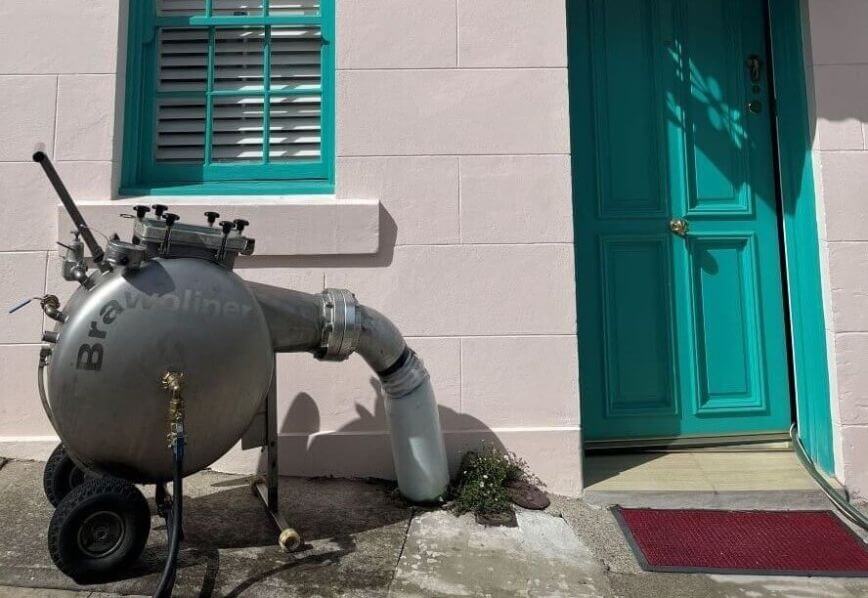
Blending the Old with the New: Embracing Modern Solutions for Heritage Preservation
The challenges of preserving Sydney’s heritage homes demand innovative solutions that balance the old with the new. Underground pipe relining emerges as a hero in this narrative, offering a modern, no-dig approach that addresses the unique challenges posed by aging pipelines, delicate foundations, architectural sensitivity, restricted access points, and environmental considerations. By embracing this technology, homeowners can ensure the longevity of their heritage properties, allowing them to stand as symbols of Sydney’s rich history for generations to come.
For a tailored solution to your heritage plumbing needs, get in touch with our dedicated team of expert plumbers at The Relining Company. We are ready to provide personalised advice and efficient services that align with preserving Sydney’s cherished architectural legacy. Book now for a free consultation and quote to upgrade your plumbing system and witness the benefits.
Back to Top